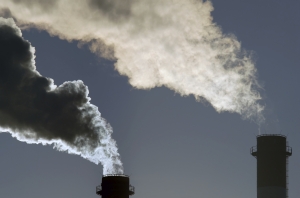The setting of emissions baselines is central to the operation of the government’s proposed Direct Action Plan. In this Market Update, we analyse various approaches to calculating emissions baselines and the likelihood of each being implemented. The type of baseline applied will have important implications – determining the number of firms at risk of paying a penalty, informing supply of abatement units to be bit into the ERF, and driving Australia’s national emissions trajectory.
Key Findings:
- The setting of emissions baselines is central to the operation of the government’s proposed Direct Action Plan, with each company’s baseline – to be derived from historic emissions levels – setting each company’s obligation to reduce emissions, plus their ability to bid emissions abatement into the government’s Emissions Reduction Fund.
- Emissions intensity may be expressed relative to financial factors (e.g. emissions per dollar of revenue, emissions per economic value-added) or relative to levels of production (e.g. emissions per unit of production).
- Emissions intensity calculated relative to a company’s physical production is the most appropriate methodology to set baselines. This method would present the least risk to business in the form of external variables, such as commodity price or exchange rate fluctuations, and would mean entities would have more control over the variables that contribute to their emissions intensity calculations.
- Over the last five years, emissions per unit of production have decreased for most industries, meaning that many companies are already below their five-year historic emissions intensity average.
- Modelling indicates that emissions relative to output are not expected to rise to any significant degree in the period to 2019-2020, therefore, under an emissions intensity baseline, many businesses are expected to beat their target, and avoid being subject to any penalty.
- Smaller firms in high intensive industries such as Metals and Mining are likely to be most exposed to Direct Action risk.
- A larger issue with the emissions intensity approach is the weakened link between compliance and reducing absolute emissions.
- As a result, the setting of emissions intensity baselines will have flow on implications for Australia’s emissions trajectory, and may potentially cause an oversupply of abatement units into the ERF.










